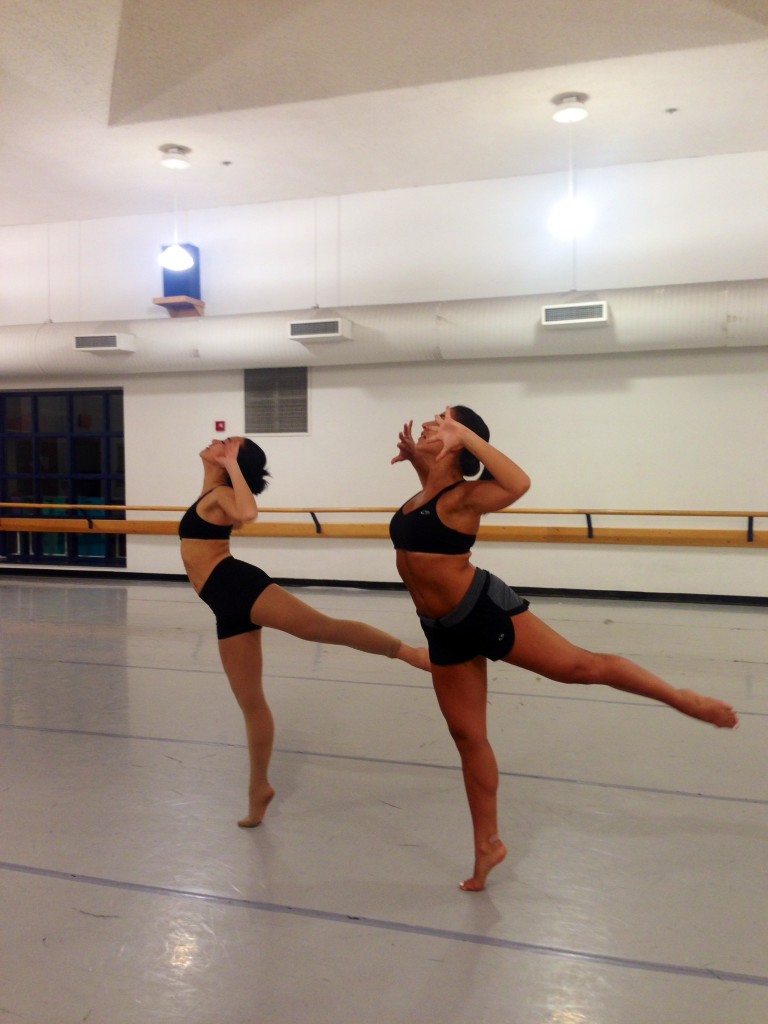There are not a lot of practices people still do today that they did over 5,000 years ago. That’s what makes the practice of yoga so special.
According to the Ministry of External Affairs of India, “Yoga does not adhere to any particular religion, belief system or community; it has always been approached as a technology for inner well-being.”
Throughout time, yoga has looked a lot of different ways, yet it always comes down to promoting the yogi’s personal health and well-being.
A Brief History
According to Siddhi Yoga, “There has been much debate over the years among historians, anthropologists and practitioners of yoga as to its origins.”
Therefore, we cannot know all that there is to know about the origins of yoga. The practice of yoga did begin in modern-day India. The Pashupati Seal is believed to be the oldest known visual representation of a yoga pose.

According to Indian Culture, “This rare seal shows a seated figure in yogic posture, probably Shiva (also known as Pashupati.)”
The practice of classical yoga originates from the Vedas, the religious text that makes up Hinduism. According to World History Encyclopedia, there are four texts that make up the Vedas: Rig Veda, Sama Veda, Yajur Veda and Atharva Veda. Each of these texts are further divided into different types of texts within them. Within the Vedas, there is a collection of shorter works called the Upanishads.
According to Siddhi Yoga, “The Upanishads contain discussion about Yoga, mainly in the form of mantra and meditation, but they are significant primarily for providing the philosophical basis upon which yoga depends. Namely, that Atman, the soul or personal consciousness is either a part of or identical to Brahman, the supreme consciousness.”
The word yoga derives from the Sanskrit word “Yuj,” meaning union, to join or unite, according to The Art of Living. Therefore, the practice of yoga involves uniting your physical self with your spiritual self.
Yoga is also discussed in The Bhagavad Gita, another sacred Hindu text. Within the text, the advisor Krishna discusses the three most important yoga paths with Arjuna, the protagonist of the story. While the paths are different, they lead to “union with the divine,” according to Siddhi Yoga.
Ancient Hindu texts began the practice of yoga, but many people have advanced the practice throughout the years. Today, we have modern yoga studios all over the world, and yoga is more than a religious practice for many people.
So, What is Namaste?
After a yoga class, you may have heard the instructor say, “Namaste.” Namaste is a term used not only during yoga but also as a casual greeting sometimes.
In an article for National Public Radio, Deepak Singh writes, “[Namaste] is a Sanskrit phrase that means “I bow to you.” You place your hands together at the heart, close your eyes and bow. That’s not the namaste I know.”
Singh explains that despite the Americanization of the word, he learned that Namaste was a greeting of respect while he was growing up in India.
According to Mind Body Green, “Namaste directly translates to ‘the divine in me bows to the divine in you.'”
Namaste has taken on different meanings as it has spread around the world. At the end of a yoga class, you may say Namaste to the instructor to indicate your respect for them. In America, it has become a term of endearment for those who you respect, not entirely unlike Singh’s experience.
Yoga Today

According to Pantheon, Tirumalai Krishnamacharya is considered “the father of modern yoga.”
Krishnamacharya was a scholar credited with this title because he “developed a style of yoga that merged traditional asana with exercise principles borrowed from western gymnastics. It incorporated flowing movements linked to the breath which he called Vinyasa,” according to Siddhi Yoga.
Among those who also shaped yoga into the widespread practice that it is today, Shri Yogendra founded The Yoga Institute in 1918.
According to The International Association of Yoga Therapists, “The oldest organized Yoga center in the world, the Institute was founded by Sri Yogendra with the vision of propagating Yoga to the household.”
Yogendra’s dream of bringing the practice to the household has come true. Yoga is practiced around the world today.
Located at 2541 E. College Ave., Wellness in Motion Yoga Studio offers classes for classes, events and private sessions.
“A big piece of what makes yoga different from other exercise is this thing called mindfulness,” Wellness in Motion’s owner and instructor Mandy Glitzer says. “The connection of your mind, and your body and your breath.”
Glitzer debunked some common misconceptions about yoga. For those of you who think you need to be ultra-flexible to start practicing yoga, you are in luck.
“Anybody can do yoga,” Glitzer says. “Flexibility is overrated, you just need to find the right class that works for you.”
Furthermore, Glitzer gave VALLEY some beginner advice about starting your personal journey with yoga.
“One of the things that makes me wary is teachers who think they know your body better than you do,” Glitzer says. “Learn how to honor your own body and trust where you are in your own practice.”
According to Glitzer, a lot of beginners shy away from using props. Don’t be afraid to use a cushion or towel beneath you if it helps you sit up straighter. Your instructor can be a great guide to advise you about how to fine-tune your positions to make them most effective for your body.
Tweet @VALLEYmag with your favorite type of yoga class!






1 Comment